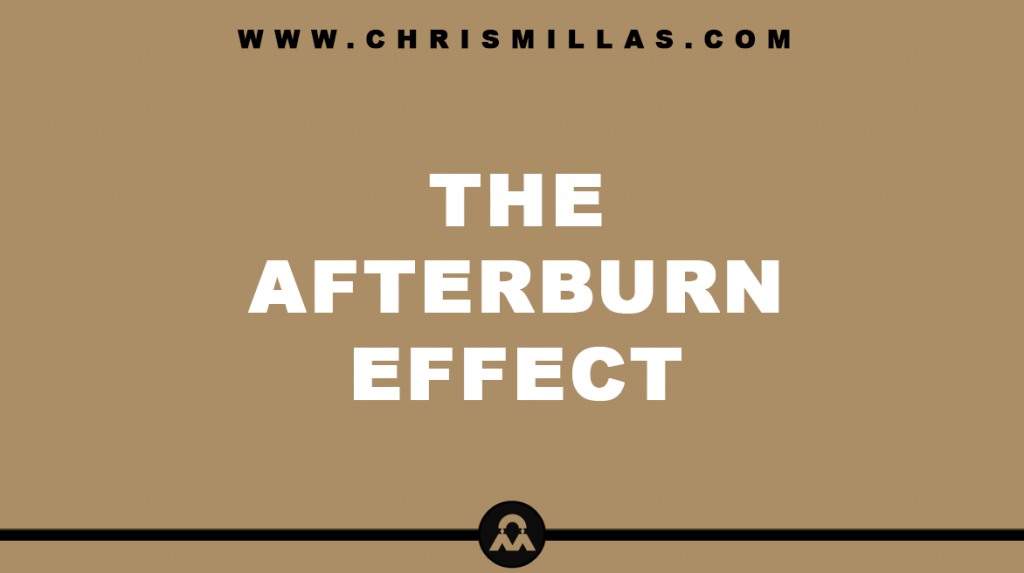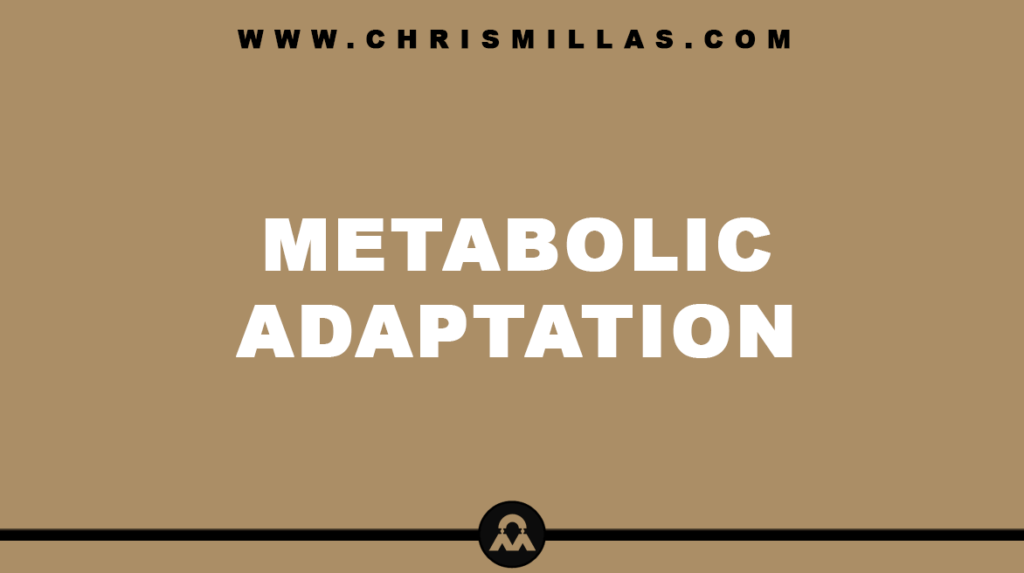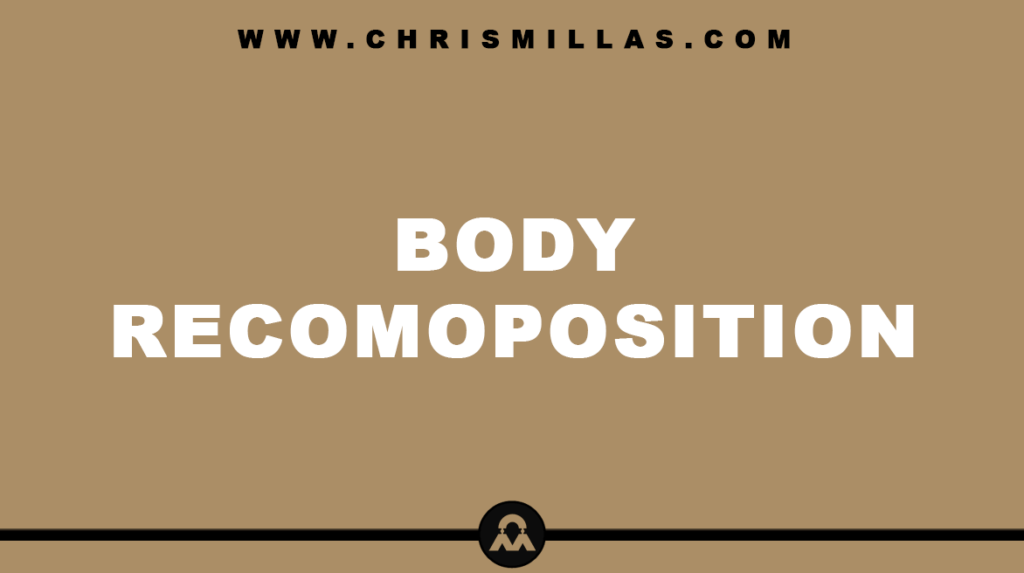In this post, we’ll unpack all you need to know about the Afterburn Effect, defining exactly what it is, the science behind how it works, how to trigger it and more.
What Is The Afterburn Affect?
The Afterburn Effect (AE) refers to the additional energy expenditure that occurs after exercise.
The Science Behind The Afterburn Effect
The technical term for the Afterburn Effect is excess post-exercise oxygen consumption (EPOC).
EPOC is the amount of oxygen that is required to return the body to its resting state ― or homeostasis. The more oxygen that is needed to return the body to its resting state, the more calories that will be burned.
Studies show that EPOC is highest immediately post-workout, but continues for up-to 72 hours while the amount of calories that are burned post-workout as a result of the AE ranges from 6-15% of the calories burned intra-workout.
For example, someone who burned 500 calories during workout can expect to burn roughly up-to 75 calories after workout.
How To Trigger The Afterburn Affect
The Afterburn Effect is influenced more by intensity rather than duration of exercise.
Studies show that exercises which get you to 70-85% of your maximum heart rate will trigger the AE.
To calculate your maximum heart rate, simply subtract your age from 220. For example, someone who is 50 years old would have a maximum heart rate of 170. This means they would need to perform exercises that raise their heart rate up-to 119-145.
One study found that weight training triggered the AE more effectively than running at a steady speed while heavy resistance exercise produced the biggest AE in comparison with aerobic cycling and circuit weight training.
When leveraged successfully, the Afterburn Effect enables us to maximise the amount of calories burned post-workout with the goal of ultimately maximising fat loss.
Summary
The Afterburn Effect, also known as excess post-exercise oxygen consumption (EPOC), refers to the energy that is burned post-exercise.
The key to inducing the AE is to raise your heart rate to between 70-85% of your maximum.







